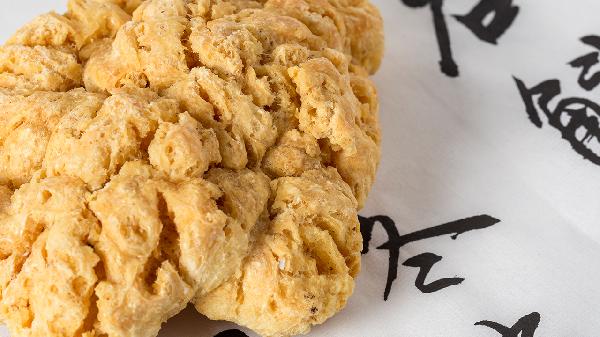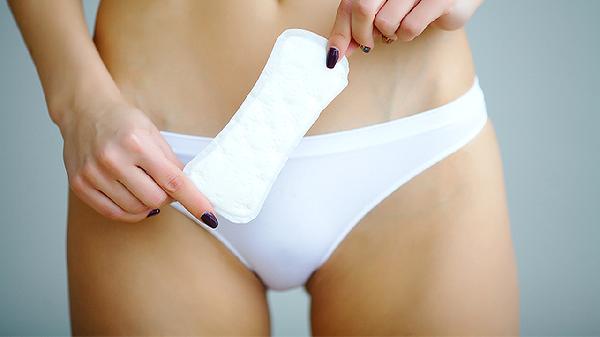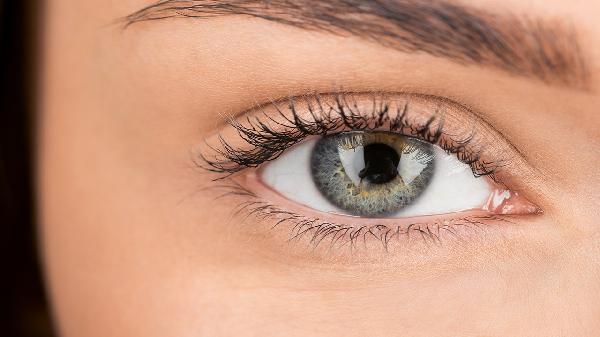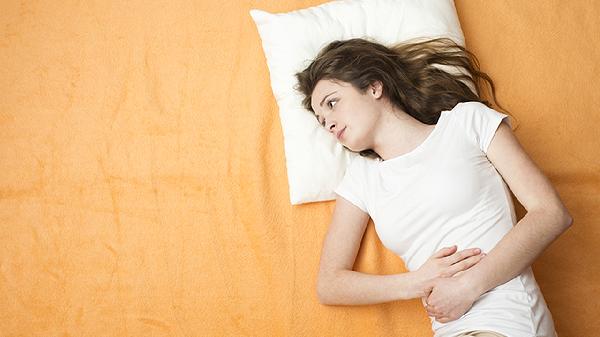October pregnancy, after a successful delivery, this special period often requires a certain amount of recovery and maintenance due to excessive physical weakness. When this recovery and maintenance are done just right, the postpartum mother will feel like she has been reborn, not only physically strong and radiant, but also looking younger. This recovery and maintenance is known as postpartum recovery.
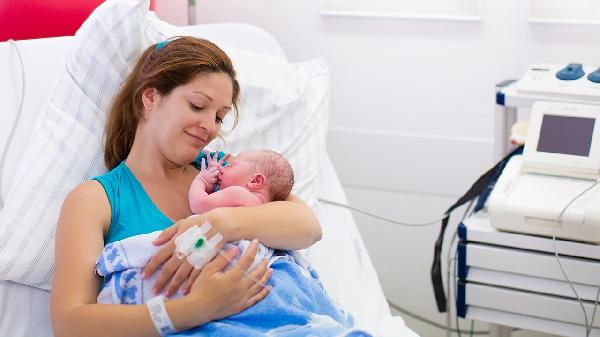
What is the best time for postpartum recovery? There are three important periods for postpartum recovery:
1. The golden period: 42 days to 6 months after childbirth, which is the golden period for postpartum recovery. At this time, the body is most vulnerable and various indicators are severely imbalanced. If the residual toxins in the body cannot be effectively eliminated, they can easily worsen into various diseases.
2. The ideal period: 6 months to one and a half years after childbirth, which is the ideal recovery period for postpartum women. After the recovery during the golden period, the body toxins have been largely cleared, and the energy and blood have also been restored. This is the best time to recover from physical injuries.
3. The effective period: One and a half to three years after childbirth, which is the final stage of postpartum recovery. During this phase, comprehensive adjustments should be made to bring the body to a state of optimal balance and transition back to normal life.
Secondly, postpartum recovery mainly includes the following four aspects:
1. Basic adjustment: Fundamentally adjust the body's constitution, restore the ability to circulate energy and blood, provide essential support for postpartum recovery, and achieve the best balance of constitution. This includes clearing meridians, replenishing energy and blood, kidney and liver maintenance, heart and lung adjustment, ovary maintenance, etc.
2. Body shape recovery: Recover from physical injuries and restore the overall body shape. Prevent the spread of various physical injuries caused by pregnancy and childbirth, and restore the body to the pre-pregnancy level. This includes figure sculpting, chest maintenance, stretch mark removal, etc.
3. Constitution recovery: Recover the organs affected by pregnancy, childbirth, and lactation, and restore their inherent functions while recovering, bringing the body to a dynamic balance. This includes uterine involution, reproductive esthetic therapy, general soreness, physical weakness, etc.
4. Clearing stasis and detoxification: Clear the residual toxins in the body after childbirth, open up the body's normal metabolic channels, eliminate postpartum health hazards, and ensure postpartum health. This includes clearing uterine stasis, moistening the intestines and promoting bowel movements, reducing fat and detoxifying, removing residual breast milk, etc.
Finally, it is important to note that postpartum mothers should not delay postpartum repair by using the excuse of taking care of their babies if they feel any discomfort. Otherwise, it could easily create obstacles for future recovery.
